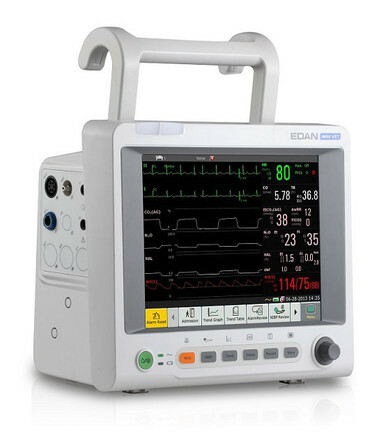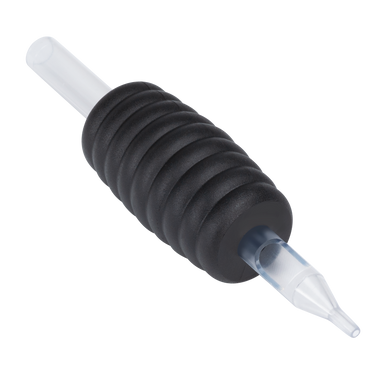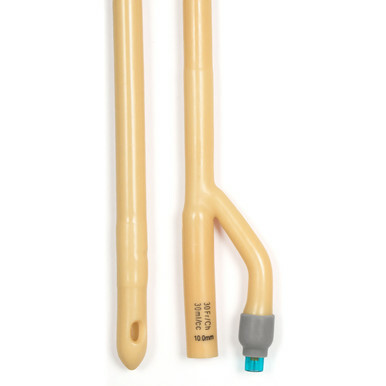The Lifeline of Healthcare: Understanding Intravenous (IV) Therapy
Posted by EMRN on 4th Oct 2023
In the fast-paced world of healthcare, few innovations have had as profound an impact as intravenous (IV) therapy. From emergency rooms to patient rooms, IVs are a cornerstone of modern medicine, delivering life-saving fluids and medications directly into the bloodstream. In this blog post, we'll explore the crucial role of IV therapy, its evolution, and the diverse applications it serves in the realm of healthcare.
The Evolution of IV Therapy
Intravenous therapy has come a long way since its inception in the early 17th century when it was primarily used for blood transfusions. Today, it encompasses a wide range of applications, from administering medications to providing vital hydration. The development of IV therapy has revolutionized patient care, making treatment faster, more efficient, and often less painful.
The Anatomy of an IV
An IV system consists of several key components:
- Catheter: This is the thin, flexible tube that is inserted into a patient's vein. It comes in various sizes to accommodate different clinical needs.
- Tubing: The tubing connects the catheter to the IV bag or infusion pump. It allows for the controlled flow of fluids and medications.
- IV Bag: The bag contains the solution, which can range from saline to specialized medications. These bags are sterile and precisely measured to ensure accurate dosing.
- Infusion Pump (optional): In some cases, an infusion pump is used to control the rate at which fluids or medications are delivered, ensuring precise administration.
Diverse Applications of IV Therapy
IV therapy plays a critical role in a wide array of medical situations:
- Hydration: IV fluids are essential for patients who are unable to drink or absorb fluids orally, such as those undergoing surgery or suffering from severe dehydration.
- Medication Administration: Many medications, including antibiotics, chemotherapy drugs, and pain management medications, are administered through IV to ensure rapid and precise delivery.
- Nutrition: Total Parenteral Nutrition (TPN) is a specialized form of IV therapy that provides all the necessary nutrients for patients who cannot receive nutrition via the digestive system.
- Emergency Care: In emergency situations, IVs are often used to stabilize patients quickly, providing fluids and medications to address critical conditions.
- Chronic Conditions: Patients with chronic illnesses, such as diabetes or autoimmune disorders, may require regular IV treatments to manage their conditions effectively.
The Future of IV Therapy
Advancements in IV technology continue to enhance patient care. From improved catheter materials that reduce discomfort to smart infusion pumps that offer real-time monitoring, the future of IV therapy holds promise for greater efficiency and patient comfort.
Conclusion
Intravenous therapy is the backbone of modern healthcare. It has revolutionized patient treatment by allowing for rapid and precise administration of fluids and medications. As technology advances, IV therapy continues to evolve, offering hope for improved patient outcomes and a higher quality of care. For healthcare professionals, understanding the nuances of IV therapy and having access to high-quality IV supplies is essential for providing the best possible care to patients in need.














































